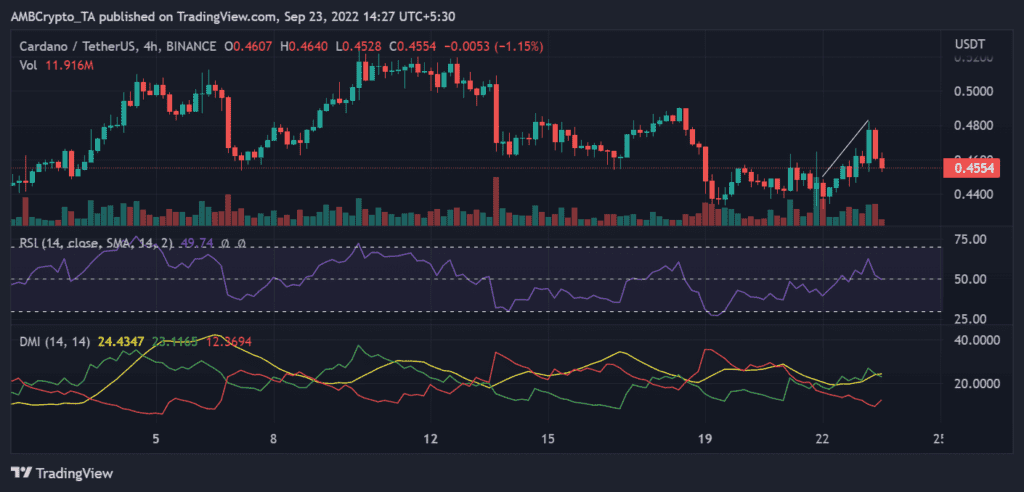On 22 September, at 9:44 p.m. UTC, the Cardano Vasil Hard Fork upgrade went live. Input Output Hong Kong (IOHK) tweeted on Thursday (22 September) that the hard fork of Cardano’s mainnet had been successful.
Input Output Global (IOG), the corporation behind the Cardano blockchain, had delayed this for several months. The fork was delayed due to software issues and the necessity to prioritize quality and security, but it has now occurred.
The Cardano developers claim that the blockchain’s fork will result in “significant performance and capabilities” improvements.
Over 27,000 individuals tuned in after Charles Hoskinson tweeted a link to a livestream of the fork, indicating widespread curiosity about the phenomenon.
In fact, the fork was so popular that on Luna Crush it received close to 52,000 social mentions. One of the many favorable reactions that have followed the fork is Bill Barhydt tweet, founder of cryptocurrency trading site Abra, calling the upgrade a “huge success for developers.”
Post fork price moves
The coin gained more than 4% at the close of the trading session on 22 September, which was quite impressive. It started out at $0.438 and ended up at $0.458.
A bullish trend is evident when looking at the 4-hour timeframe, where the price has been moving in an upward direction and the Relative Strength Index is above the neutral line.
A bullish trend in the 4-hour timeframe is also indicated by the Directional Movement Index, which also displayed the signal and the plus DI line above the 20 line. The signal line and the plus DI lines, however, are extremely close to the 20 line, indicating that the bullish trend is not particularly strong.
Merge Deja Vu?
However, comparing the signs to the daily timeframe reveals a different picture. Despite being close to the neutral line, the RSI was below it.
The signal line and the plus DI line were also visible on the DMI indicator below the 20 line. Despite the advances seen over the past 24 hours, the RSI and DMI are showing a bearish trend.
However, the signs showed that the bearish trend was weak and that it may soon change to a bullish one. The price movement of ADA was moving up a day after the fork, whereas ETH started to plummet. This is where the fork and merging price movements diverge. For the time being, the price movement of ADA appears to be rising.
Positive indications were also seen in the MVRV (market-value-to-realized-value) retrieved by Santiment, as price growth lessened the loss experienced by ADA holders over the previous 30 days.
The Cardano network’s fork event marks the beginning of the upgrade process. In addition to lowering the barrier to entry for deploying and operating decentralized applications, improvements to Plutus smart contracts will boost their efficiency.
Well, on 27 September, after one epoch, which currently lasts roughly five days, developers will have access to the mainnet and the new features offered by the Plutus script upgrades.



